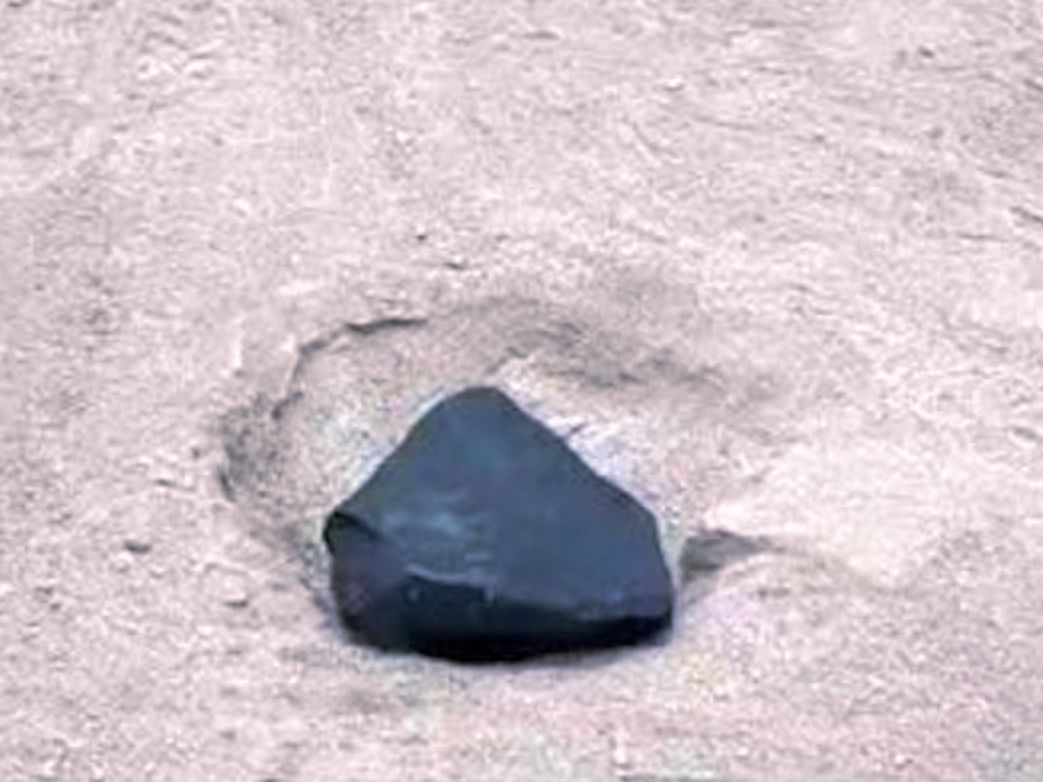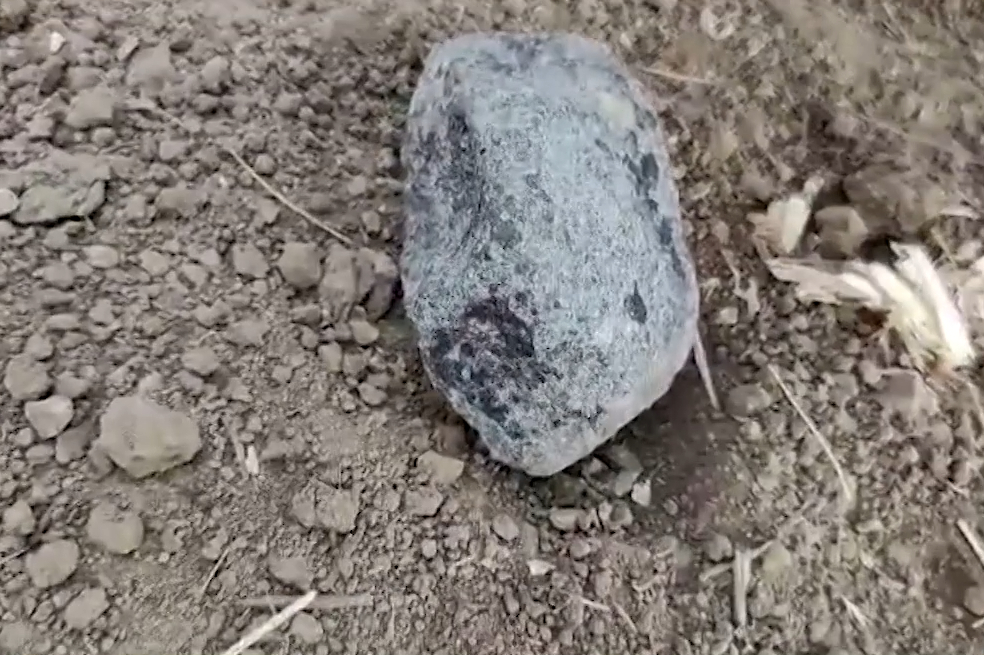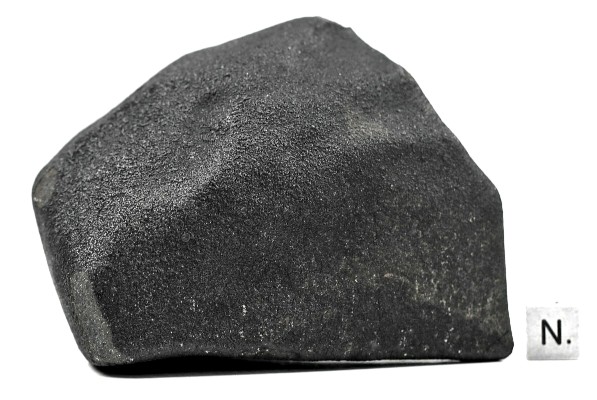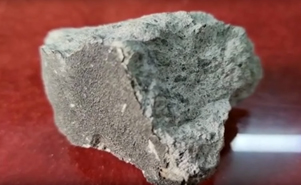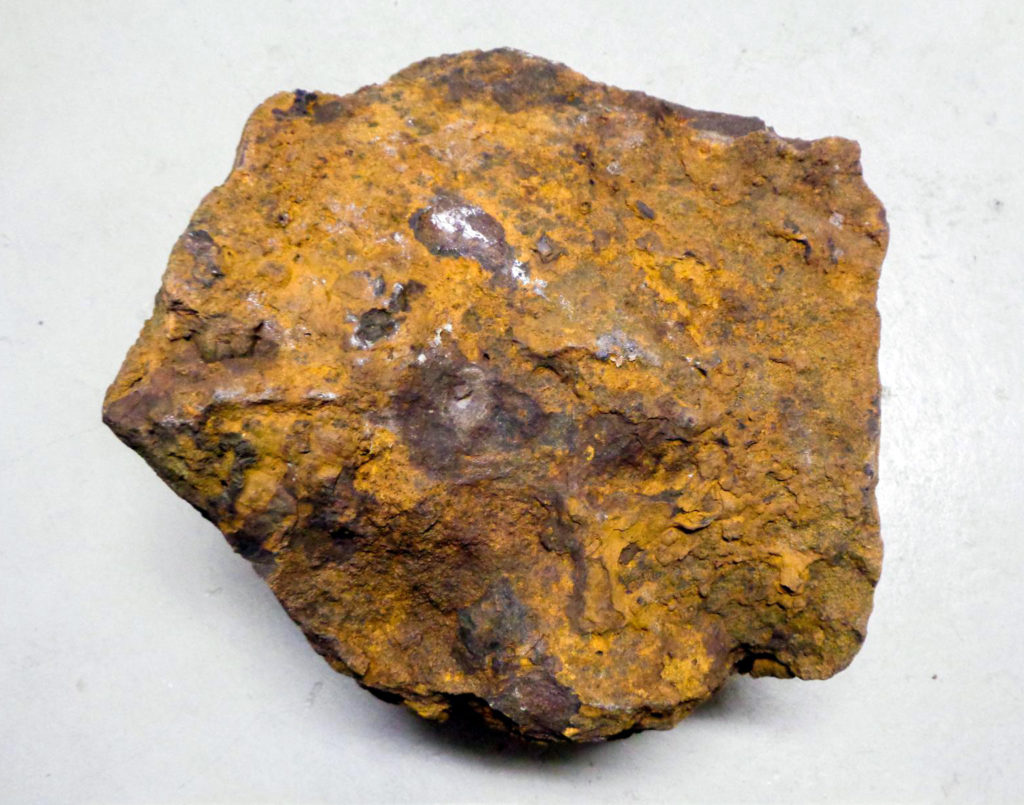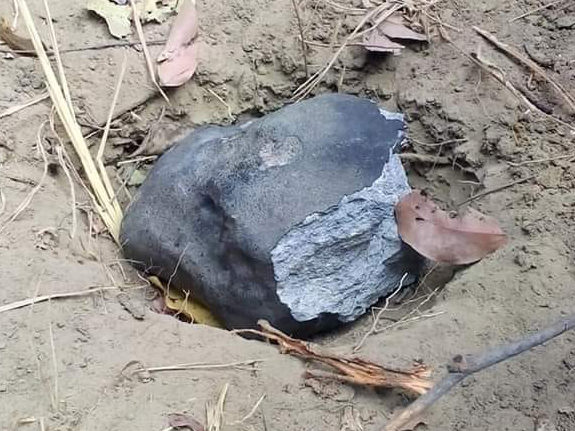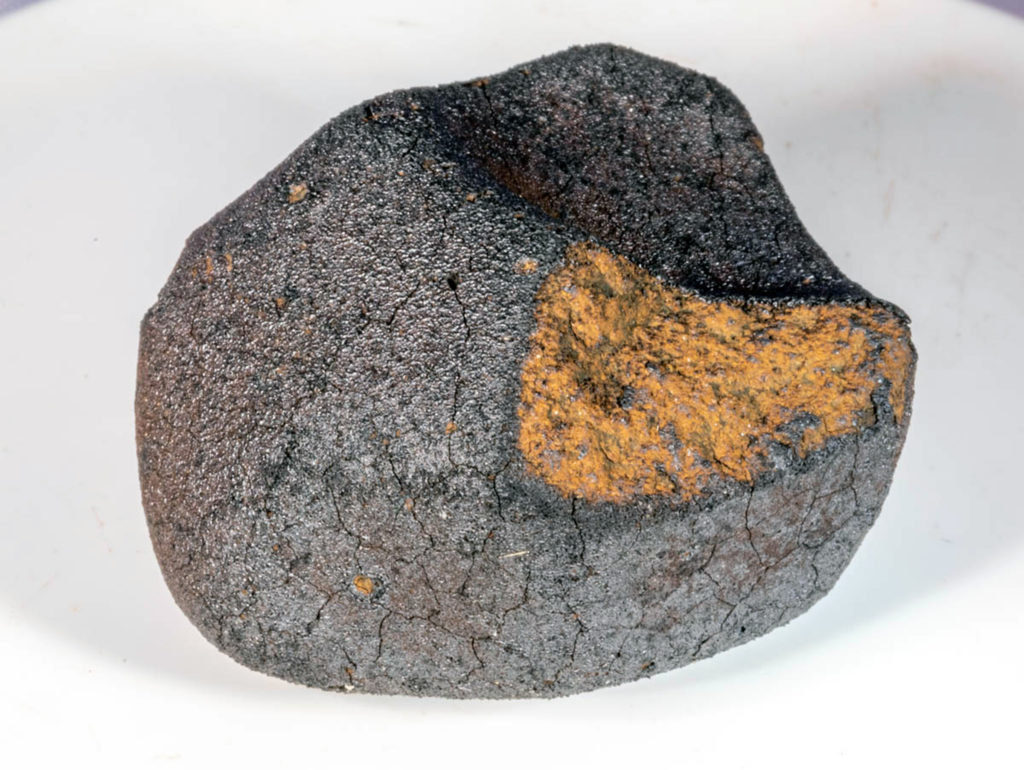Fireball characteristics derivable from acoustic dataOPEN ACCESS
Luke McFadden, Peter Brown, Denis Vida, Pavel Spurný
Update (5 March 2021): LINK Journal of Atmospheric and Solar-Terrestrial Physics
“Highlights
• Fragmentation and ballistic energy estimates by seismic/infrasonic data.
• Ballistic trajectory and fragmentation sound sources are differentiated by geometry.
• Monte-Carlo perturbed atmospheric uncertainty model is applied.
• Optimal trajectory parameters for velocity resolution are discussed.”
“Near field acoustical signals from fireballs (ranges<200 km), when detected by dense ground networks, may be used to estimate the orientation of the trajectory of a fireball (Pujol et al., 2005) as well as fragmentation locations (Kalenda et al., 2014; Edwards and Hildebrand, 2004). Distinguishing ballistic arrivals (from the cylindrical shock of the fireball) from fragmentation generated signals (quasi-spherical sources) remains a challenge, but are obtainable through analysis of the acoustic path and the timing observed at ground instruments. Here we describe an integrated computer code, termed the Bolide Acoustic Modelling program or BAM, to estimate fireball trajectories and energetics. We develop a new methodology for measuring energy release from bolide fragmentation episodes solely from acoustic measurements and incorporate this into BAM. We also explore the sensitivity of seismo-acoustic fireball solutions and energy estimates to uncertainty in the underlying atmospheric model. Applying BAM to the Stubenberg meteorite producing fireball, we find the total fireball energy from ballistic arrivals to be approximately 5×1010J which compares favorably to the optical estimate of 4.36×1010J. The combined fragmentation energy of the Stubenberg event from acoustic data was found to be 1.47+0.28−0.12×1010J, roughly one third of the ballistic or optical total energy. We also show that measuring fireball velocities from acoustic data alone is very challenging but may be possible for slow, deeply penetrating fireballs with shallow entry angles occurring over dense seismic/infrasound networks. “

